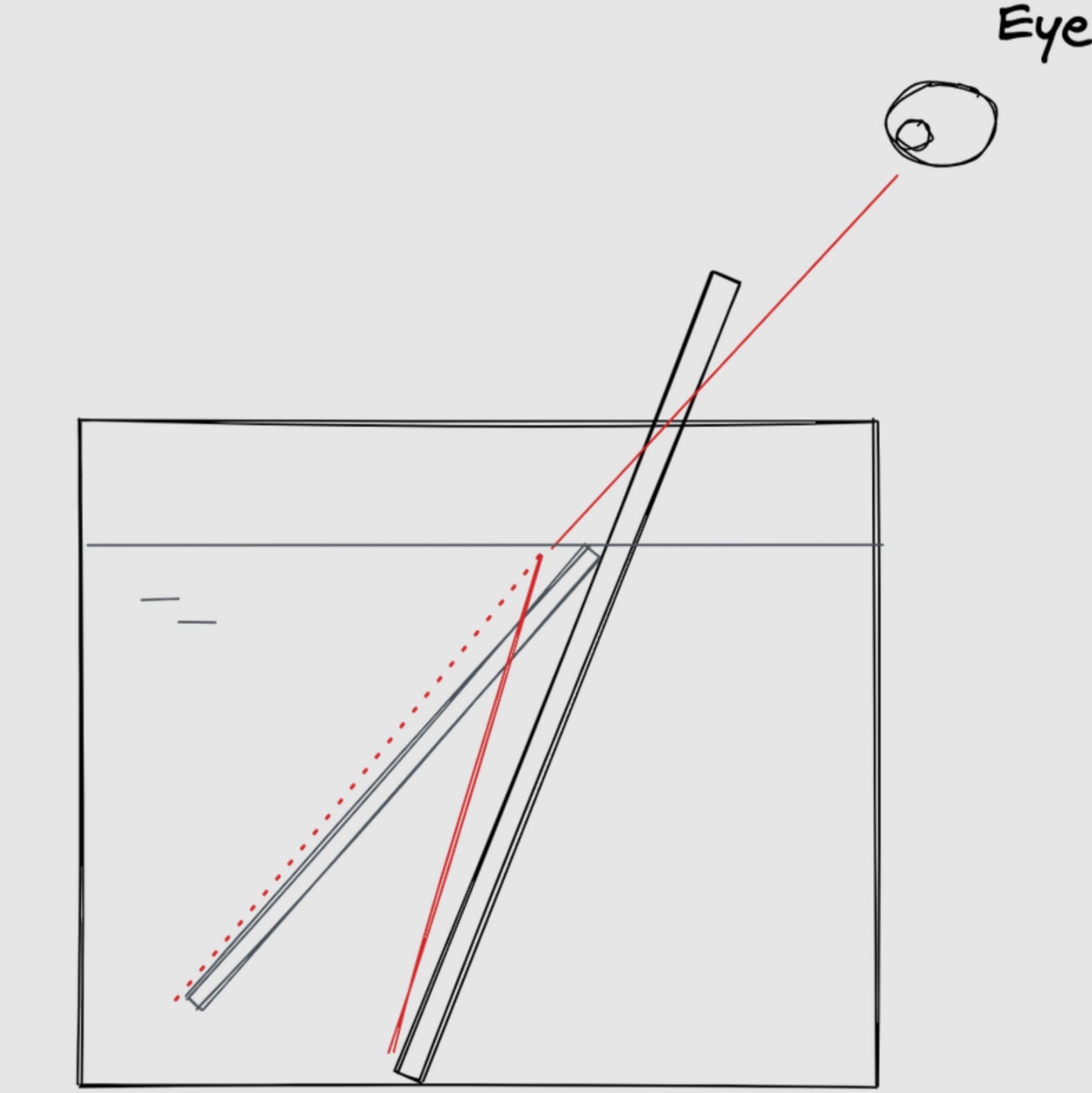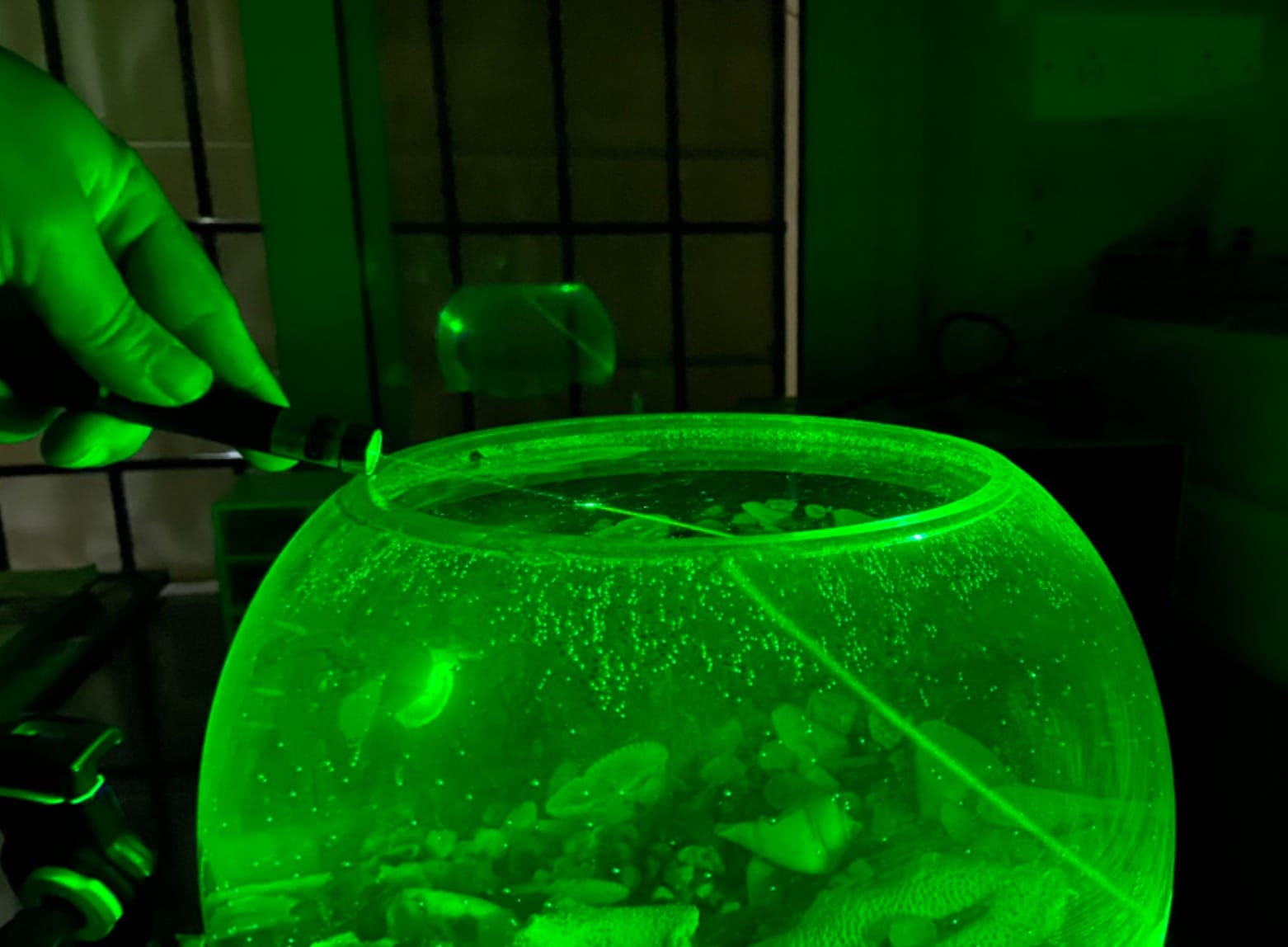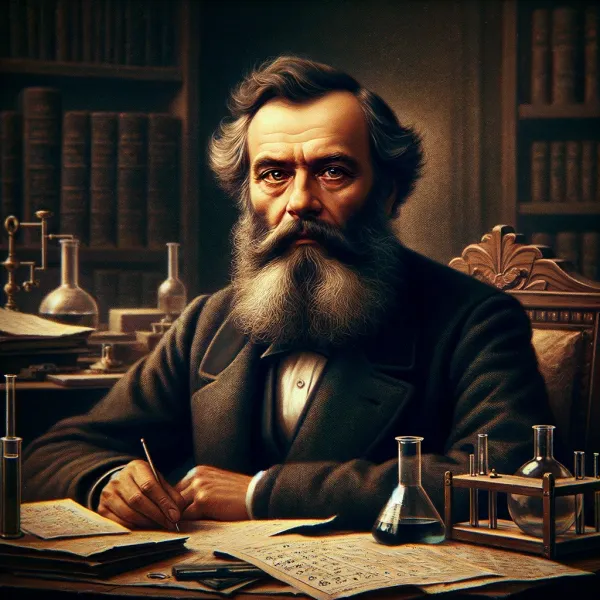Euclid, the stars and the rainbow in the sky

About 2300 years ago, the world's greatest library was located in Alexandria, Egypt. But how did this library gain such significance? The ruler of Egypt implemented a straightforward rule: any ship docking at its shores had to surrender all its books, which were then copied. The originals were stored in the library, while the copies were returned to the ship's captain. As a result, the Alexandria Library amassed a wealth of knowledge from every corner of the Earth, attracting the best scholars of the time and transforming it into the intellectual paradise of its era.
Among those scholars was Euclid, whom you probably recognize as the father of geometry. Indeed, he is. However, what may be less known is his work in unraveling the mysteries of light. He pondered how light enables us to see, how sunlight passing through glass can create a kaleidoscope of colors on the ground, and much more. If we claim to understand why stars twinkle, we owe it to ourselves to take a moment and thank this man. And now, back to the question...
Twinkle, twinkle, little star... how I wonder why you twinkle?
Well, let's grab a straw and a glass of water to find out.
The science behind it
When light travels from one medium (air) to another (water), it bends. This bending of light is known as "refraction." You can observe this phenomenon by placing a straight straw in a jar of water. Viewed from above, the straight straw will appear "bent," as illustrated below.

But how do we explain this? We need to close our eyes and imagine how light behaves when it passes through different media. Ancient scientists, like Euclid in the 3rd century and Ibn Sahl in the 10th century, along with many others who followed, used this approach of visualization followed by verification through experimentation.
Here is why the straw appears bent.

The light rays from the straw bend when they transition from water to air, entering the eye. The eye, unaware of this bending, assumes that light comes in straight from an object positioned directly ahead (along the dotted line). This creates the "illusion" that the straw is bent.
If you're still not convinced, try looking at it from another perspective. Place the straw vertically in the center and look directly at it. It will not appear bent.

However, move the straw slightly to the left, and voila - it looks broken!

Let's illustrate how the rays behave in this scenario. In the first case, when the rays hit the glass vertically, they do not bend at all and go directly into the eye, allowing the eye to see the straw exactly where it is. But in the second case, when we shift our viewpoint to the right, the rays enter our eyes bent, creating the same illusion as before, making the straw appear displaced.

Euclid might not have had a laser pointer, but imagine his delight if he had. He wouldn't need to imagine that light travels in straight lines; he could see it with his own eyes. Using a laser pointer, you can clearly observe light bending when it enters a different medium, like water.

If you observe carefully, you'll notice two rays of light at the point where the laser strikes the surface of the water. The one that reflects back into the air after hitting the water is the reflected ray. The one that bends and enters the water (the thicker one) is the refracted ray.

Why do stars twinkle?
What does the twinkling of stars have to do with... well, everything?

It's all thanks to Earth's atmosphere acting like a giant, swirling lens. As starlight dives into our atmosphere, it dances through layers of air with different temperatures and densities. This dance, called atmospheric refraction, makes the light bend ever so slightly, causing stars to twinkle from our perspective. These air layers are always on the move, meaning the bending—and thus the twinkling—never stops.
Then, why don't planets twinkle as well?
Planets, being much closer to us and appearing larger in the sky, also have their light refracted by the atmosphere. However, because they present a broader area of light, the minor fluctuations in the light path caused by atmospheric movement average out. Thus, the twinkling effect is not noticeable for planets, and their light appears steady to us.
If you took a spaceship and went into space, nothing would twinkle. Stars and planets would be unblinking points of light, free from any atmospheric distortion.

Rainbows

Rainbows are another beautiful phenomenon resulting from refraction. Add some water to the air, typically after rain or in areas of constant mist like Niagara Falls, and the water droplets will not only refract the light but also disperse it. Dispersion occurs when light separates into its component colors—red bends the least, violet the most, and the other colors bend to varying degrees in between.
Stay Curious!


